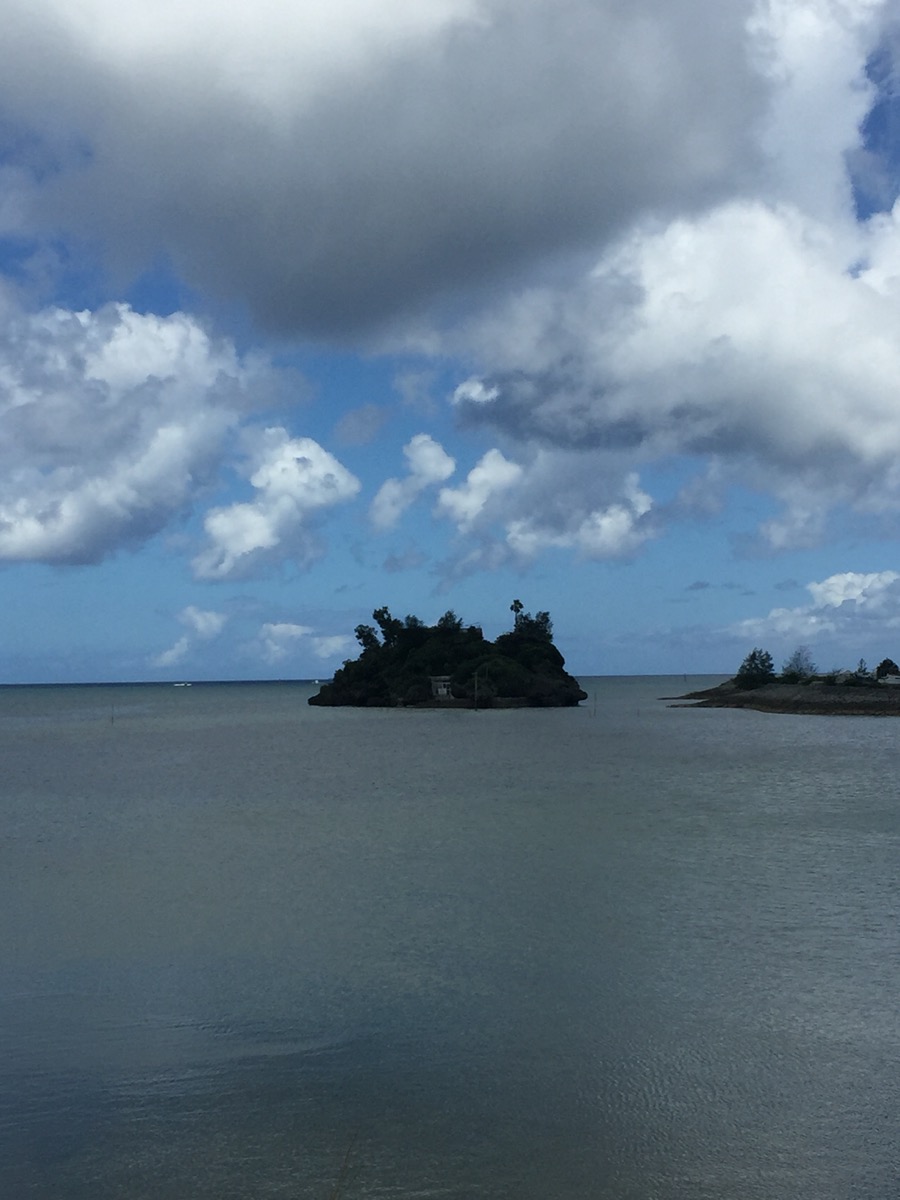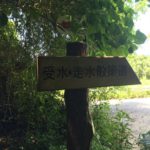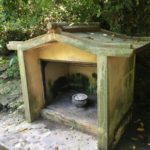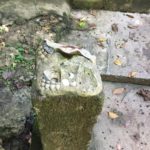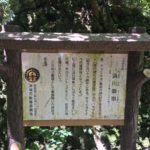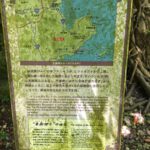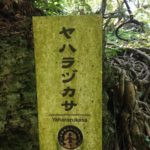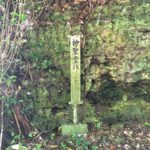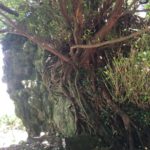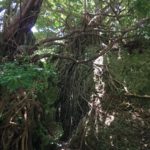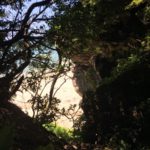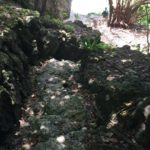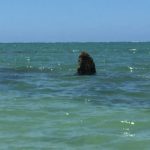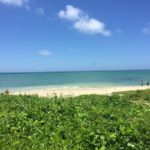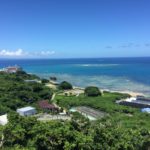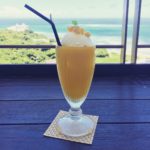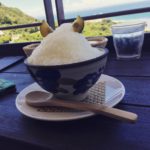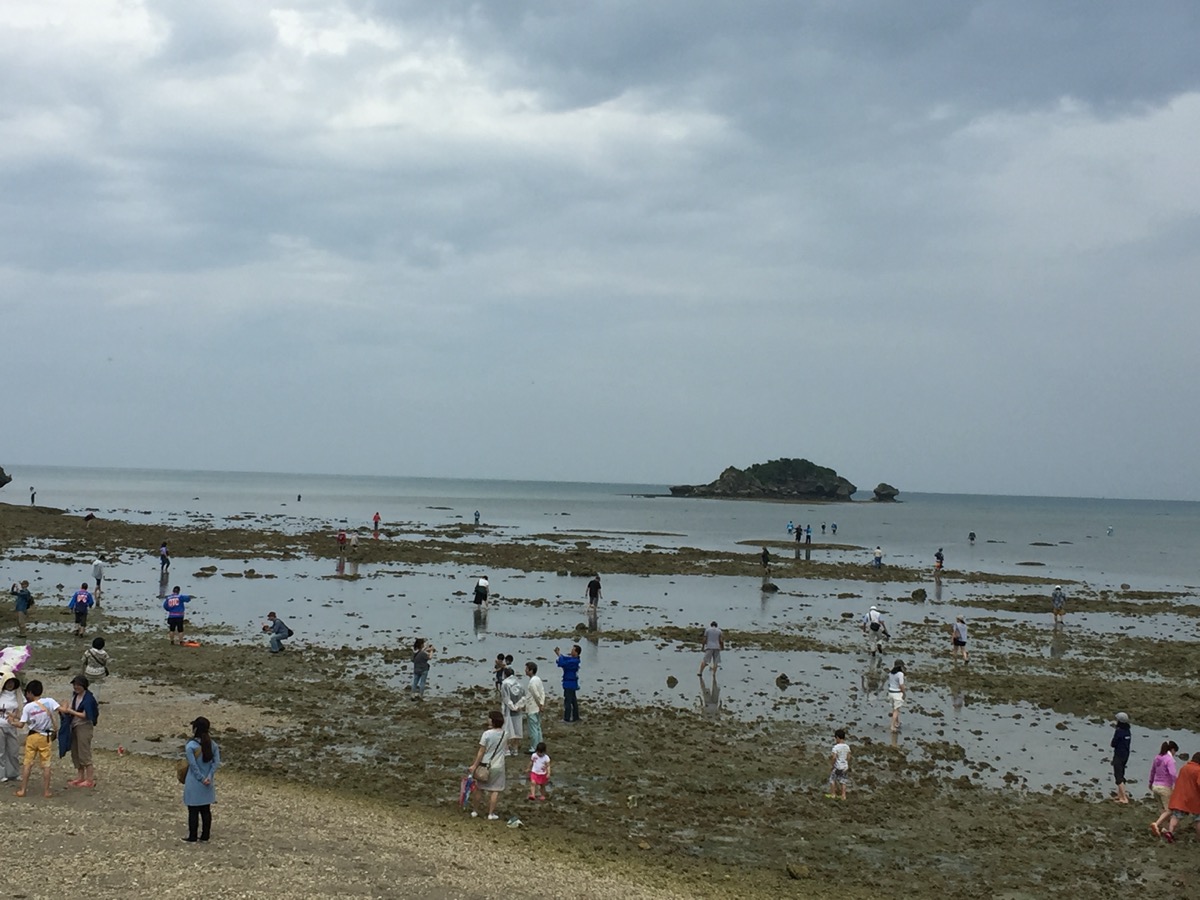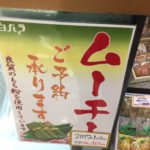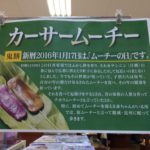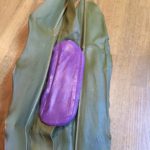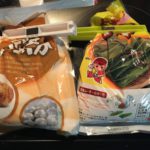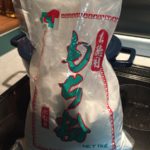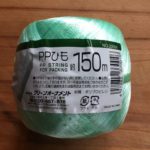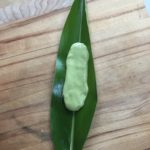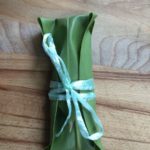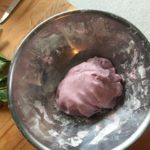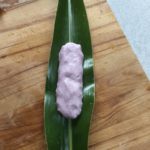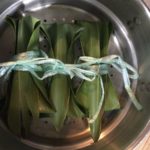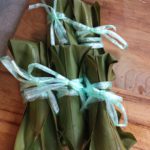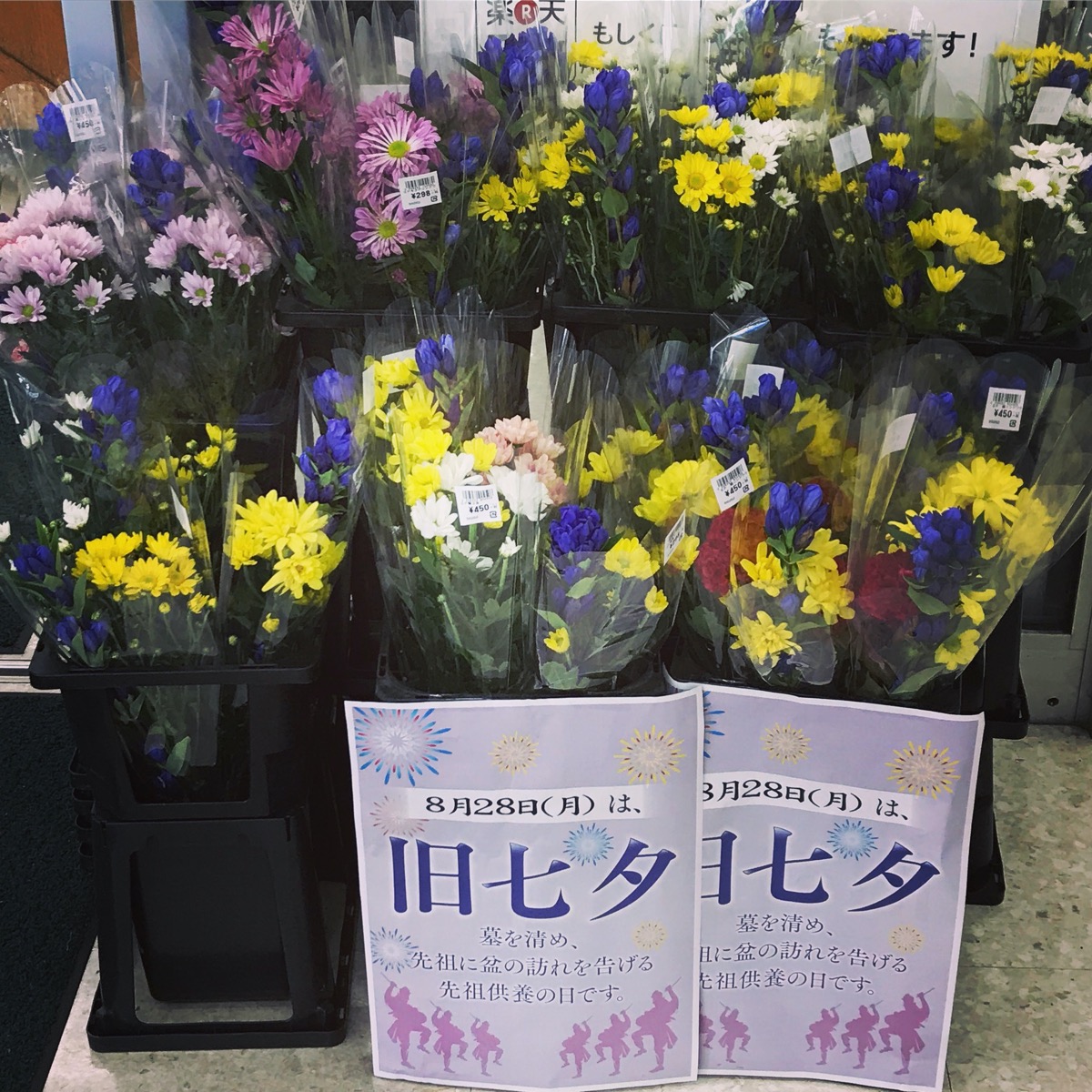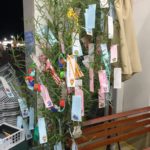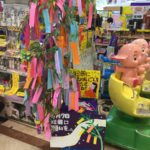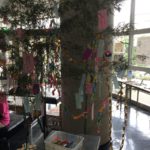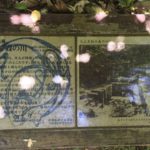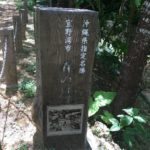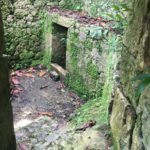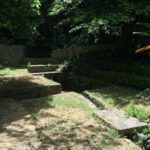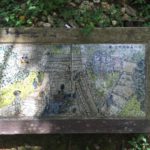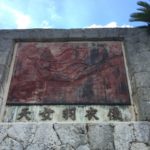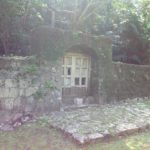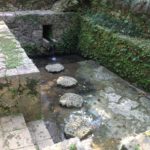星砂 Hoshizuna: star sand
There is also a second type called 太陽の砂 taiyou no suna: sun sand
These 2 types of sands are similar but are actually two different microorganism skeletons. Many people just call both of them star sand, not realizing there is a difference. Some people show photos that say, “I found star sand!” but in actuality it is sun sand.
Where can you find star and sun sand? While you may be able to find it various locations, it is not very common to find it on the Okinawa main island (not impossible… just not so common). Below are some places where star and sun sand is easily found! I will add a few more when I have time.
**Special Note: Some of the more famous beaches request that people do not take star sand from the beach! So please be respectful of this.
You can usually buy star sand at various tourist shops all over Okinawa (for instance, try Kokusai-dori if you are looking to purchase some). I have a necklace and earrings with star sand. It is a little cheesy, but I thought it was cute.
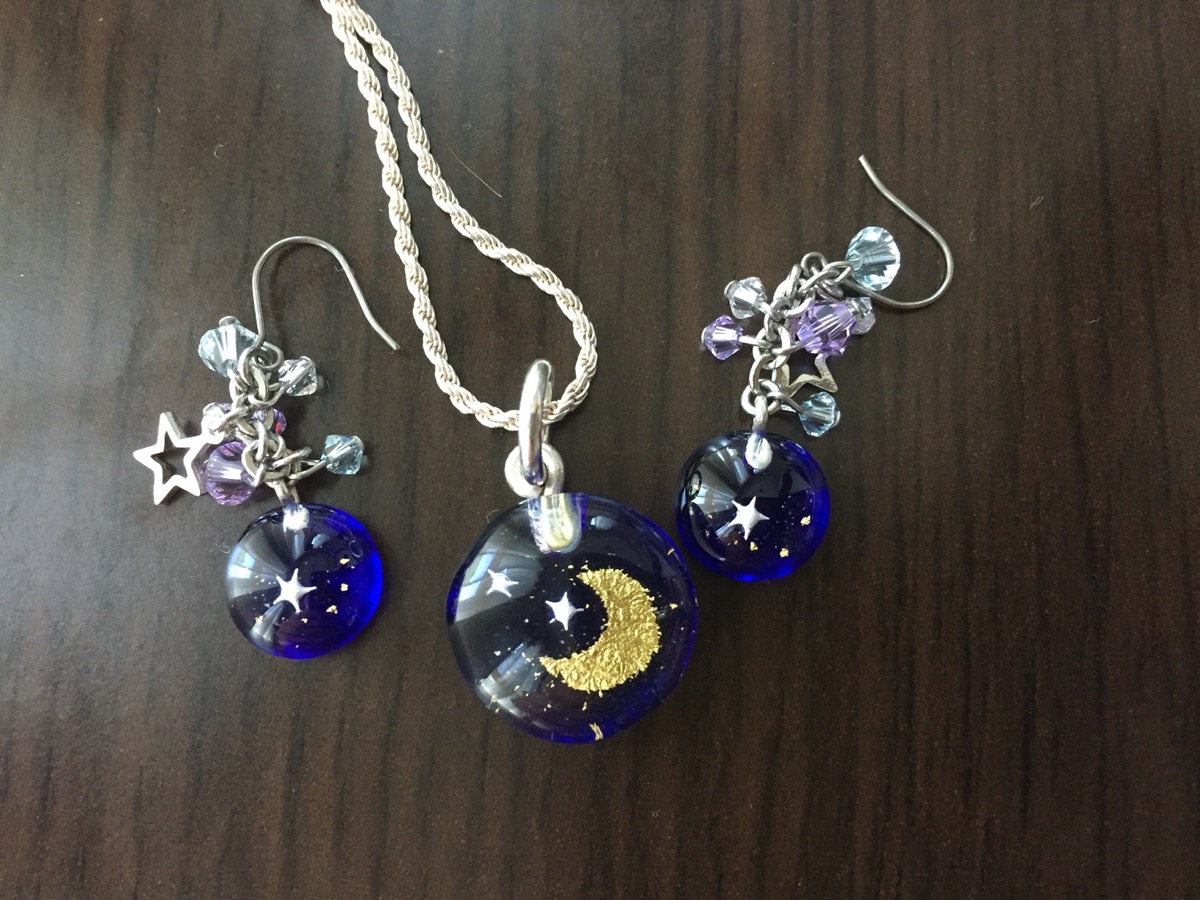
Places you can see star sand first hand:
Kudaka-jima 久高島, Upaama beachウパーマ浜: You can take a short ferry ride here.
https://goo.gl/maps/zMNkBfA8s8L2
Tokashiki-jima 渡嘉敷島, Ura beach 浦ビーチ and Aharen 阿波連ビーチ: You can reach this island via a 1-hour ferry ride.
Ura beach: https://goo.gl/maps/31UNNdx6UmB2
Aharen beach: https://goo.gl/maps/Yq28JsHBKp12
Hateruma-jima 波照間島, Peh beach ペー浜: You can reach this island by flying to Ishigaki-jima, then taking a ferry ride. It is not convenient for a day trip, so you will need to stay overnight.
https://goo.gl/maps/dLzF1Lydkg22
Taketomi-jima 竹富島, all over: You can reach this island by flying to Ishigaki-jima, then taking a ferry ride. This is an easy day trip from Ishigaki. This is the location of the famous “Star Sand Beach” 星砂の浜.
https://goo.gl/maps/G3X7N75Rvx32
Iriomote-jima 西表島, all over: You can reach this island by flying to Ishigaki-jima, then taking a ferry ride. This is an easy day trip from Ishigaki.
Hatoma-jima 鳩間島, all over: Ferries run here infrequently from Ishigaki-jima, so you will need to plan this one well if you want to visit. This place is rather remote and quiet.
Yoron 与論島, Yurigahama 百合ヶ浜: Actually, this is technically part of Kagoshima, however, you can reach Yoron fairly easily from Okinawa. It is about a 4 hour ferry, or you can fly there from the Naha airport (much shorter). Yurigahama is a sand bar, located off of Ooganeku Beach 大金久海岸.
https://goo.gl/maps/rqQzLDijQ9M2
Star Sand Folktale:
There is a folk tale from Taketomi-jima about the “sandy beach of stars.” It is a story of when the Yaeyama islands were still being created.
The sky star goddess (the Southern Cross) conceived children with Polaris (North Star). When birthing the star children, she asked the heavenly god where she should give birth. He responded that there was an island with beautiful coral and white sand and so she should give birth just off the shore of this island, the current location of Taketomi-jima. The star goddess bore her star babies into the sea. However, the god of the sea was angry that she birthed them into his ocean without asking permission. The furious sea god called upon a sea serpent to swallow up all the star children and not leave any remains. The sea snake swallowed all the star children of the star as commanded by the sea god. Later, only the small white star-shaped bones of the star children were left, washed ashore on the island and mixed in with the sand. The god of the heavens collected the bones, put them in a censer, and burned them with incense to send the souls of the stars children to heaven to be with their mother (in some stories, it is instead a sacred priestess not the god of heavens that performs this ritual). So, it is said that the souls of the star children became stars themselves, brilliantly surrounding the star goddess up in the heavens.
Difference between star sand and sun sand can be seen easily: https://www.shimadzu-techno.co.jp/technical/sand_pore_sem.html
(pictures coming soon).


